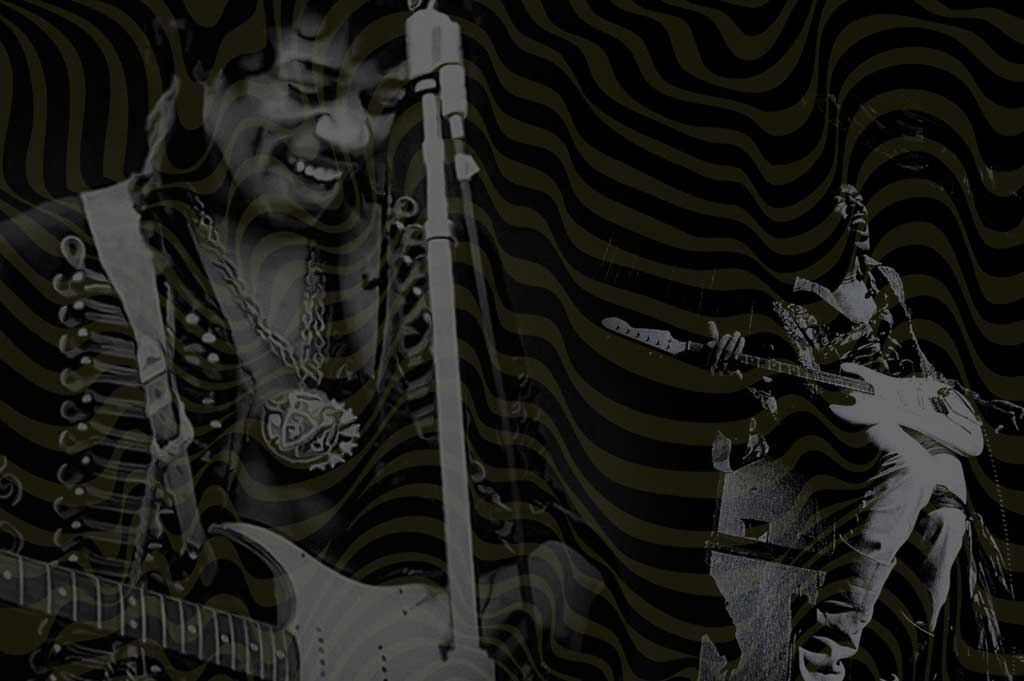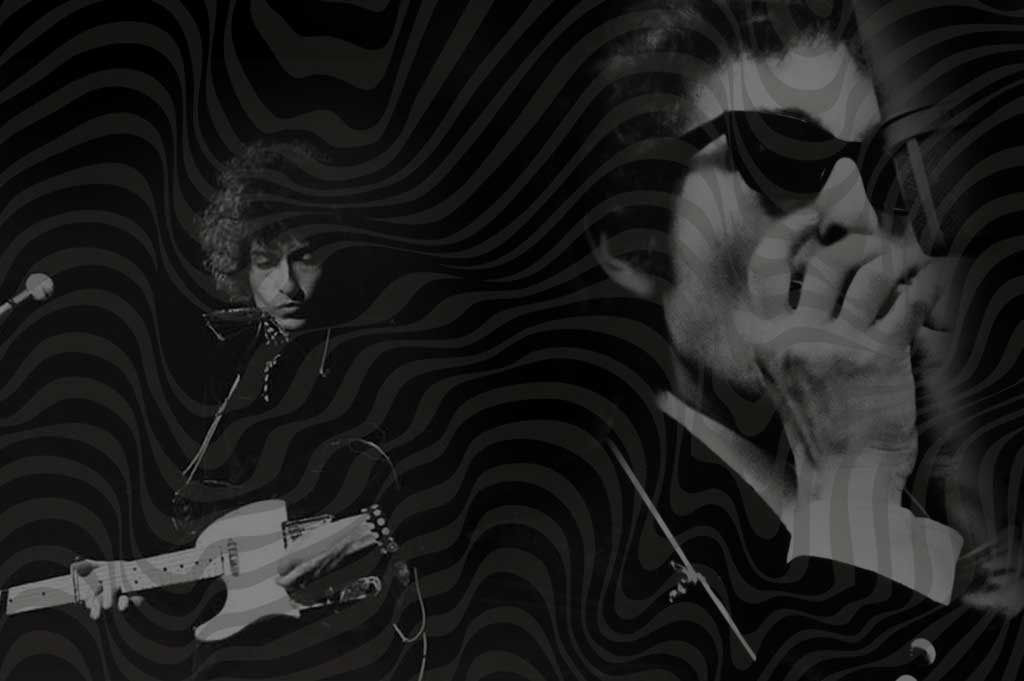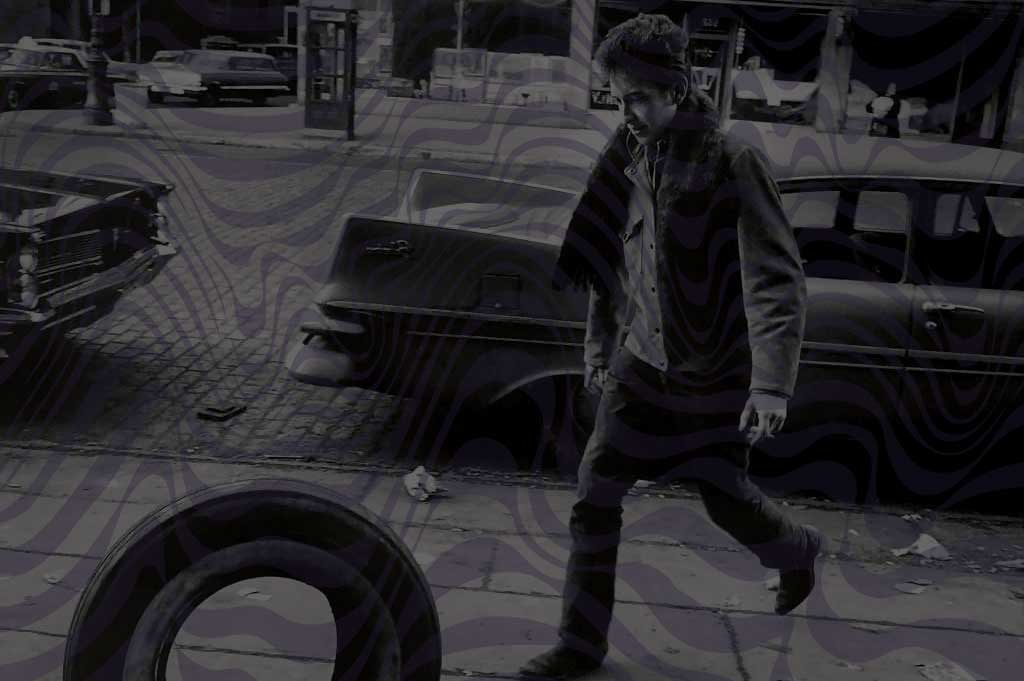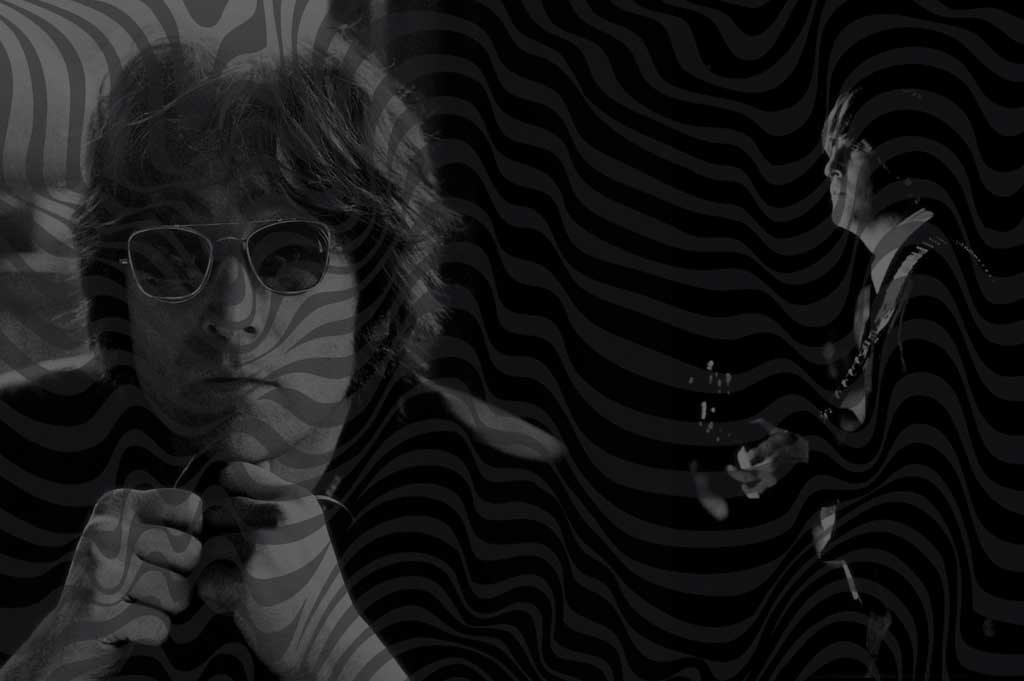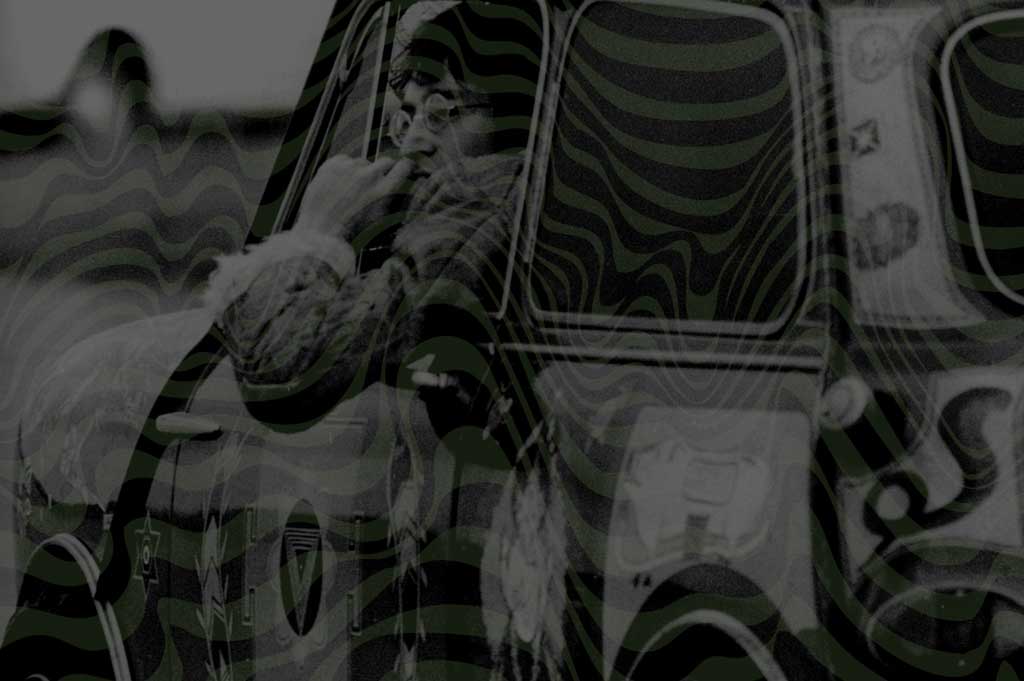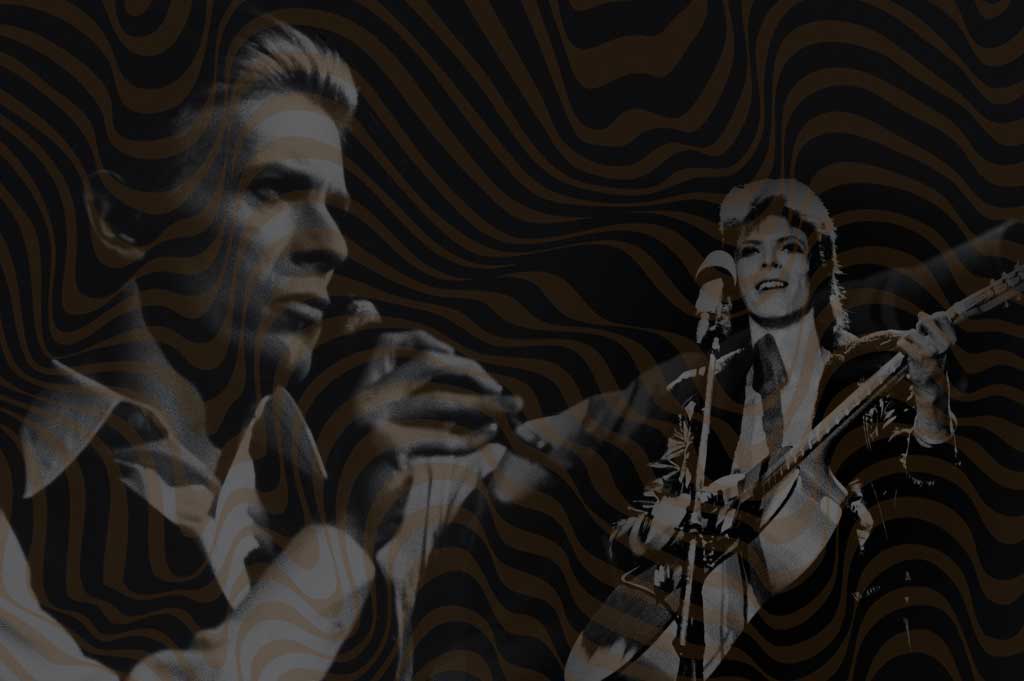Well, you know
We all want to change your head
You tell me it’s the institution
Well, you know
You’d better free your mind instead[ref]Lyrics from Revolution by The Beatles, 1968, Apple Records.[/ref]
 Yes, we are definitely living in interesting times. On every level – economically, politically, socially, environmentally – it feels like we’re on the brink of some massive change.
Yes, we are definitely living in interesting times. On every level – economically, politically, socially, environmentally – it feels like we’re on the brink of some massive change.
People everywhere are waking up and demanding an end to the status quo. They’re tired of the political and corporate interests that seem to be ruling the world. Traditional power structures and institutions like government, banking, healthcare, education and the media have to transform. And, climate change just might be the final straw.
Everyone is looking for answers – and, they’re looking for leaders to show them the way. But, can we really wait for those leaders to appear? Or is it up to each of us as individuals to clean up our own acts first?
Like John Lennon was telling us back in 1968. . .”you got to free your mind instead. . .” A successful revolution can only come from within. . .by truly understanding who you really are. . .self-awareness is the key. And, a powerful approach toward achieving new levels of self-awareness comes to us through the practice of shamanic healing.
But, why would a modern person want to look to some ancient system of knowledge for help? Well, it’s been my experience, that by working with a shamanic practitioner and looking at your life from a shamanistic perspective, you can find healing for whatever is ailing you. . .which can lead to a deeper understanding of your role in this revolution.
Shamans believe that during periods of great stress, fear, and trauma a person’s soul[ref]By soul I mean the spiritual essence that’s essential throughout your life. For more information, see Michael Harner’s at http://www.shamanism.org/articles/article01page2.html[/ref] will fragment. And, these “lost” or fragmented pieces will need to be found and re-incorporated into the whole.
So, if you find that you’re feeling angry, hurt, or disempowered. . .a shamanic practitioner can work with you to identify those lost parts and restore you to wholeness.
Yes, it’s definitely time for a revolutionary shift. . .and you are the key to making this happen.
The call is as potent as ever. . .please watch the Revolution video below.[ref]The Beatles are lip syncing to a pre-recorded track. . .the opening scream is actually John, not Paul.[/ref]







